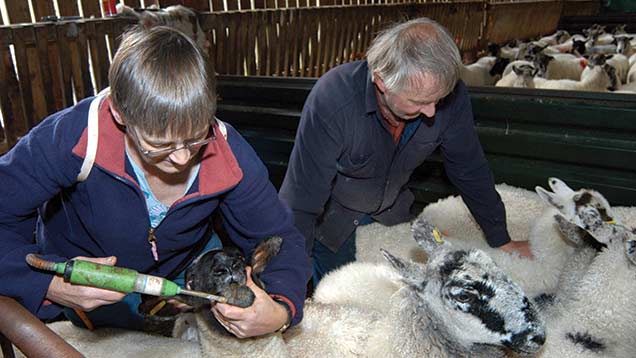Fluke survey reveals only 8% of farmers are treating correctly
 © Photofusion/Rex Shutterstock
© Photofusion/Rex Shutterstock A campaign has been launched to raise awareness of liver fluke treatment after a survey revealed only eight percent of farmers are making the correct treatment choices.
It is hoped the Farming Against Liver Fluke (Falf) initiative will help inform farmers about sustainable control.
See also: How to treat and manage liver fluke
The survey, organised by Elanco with the help of a panel of industry experts, asked 220 British and Irish farmers how much they knew about the liver fluke parasite, its treatment and management. Results revealed:
- Only 8% choose the most appropriate treatment (by active ingredient, time of year it can be used or stage of fluke it kills)
- 14% of farmers treated only when they saw signs of disease
- 10% of farmers only treated other stock once an animal had died
- 20% of farmers chose products because they had “always done it that way”
- 33% of farmers used products as preventatives but none were long acting
- Farmers were unsure when to treat and what stages each treatment killed
- More than half of those questioned (56%) reported cases of liver fluke in the past five years
- Only 19% knew about liver fluke’s intermediate host, the mud snail
- 72% said they would not target treatment dates to prevent mud snail infection
- 81% did not test for liver fluke
- 45% quarantined incoming stock and only 67% of these treated against liver fluke.
Speaking at the Falf launch on 27 August at Elanco’s head office in Basingstoke, Elanco vet Matt Colston said it was surprising how few knew about the lifecycle of the liver fluke.
“We don’t expect farmers to be parasitologists, but they do need to understand key points of the lifecycle and how that affects the animals on the ground.”
This will help farmers better understand when to treat animals, and what life stage each active ingredient covered, he said. Leaving treatment until signs of the disease appeared was far too late as the liver would already be damaged.
